I should have known better. The slough where I dropped anchor for the night was among the many tidal backwaters of the Snohomish River near Everett, Washington. The sloughs were littered with waterlogged driftwood, some of it exposed at low tide, the rest permanently submerged. I dropped my expensive stainless-steel anchor for the night and in the morning it was truly stuck. I spent over two hours trying to free it, using brute force and every trick I knew, and ultimately had to cut it free. It was the only time I’d lost an anchor and I wanted to make sure I’d never lose another.
This combination of driftwood and a boulder, seen here exposed by the low tide, are the sort of underwater hazard that will snag an anchor.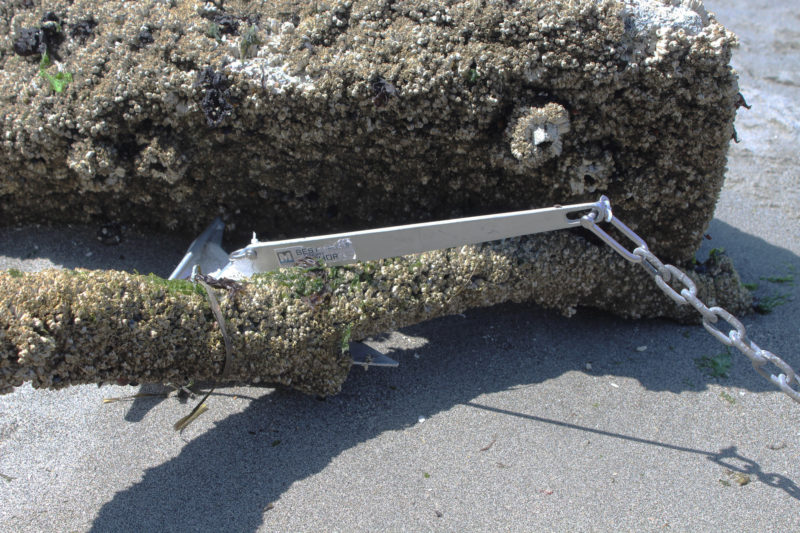 Photographs by the author
Photographs by the author


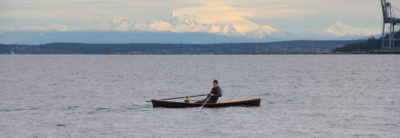

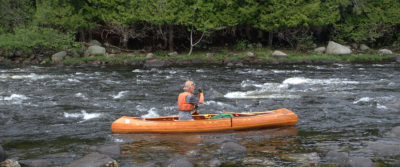

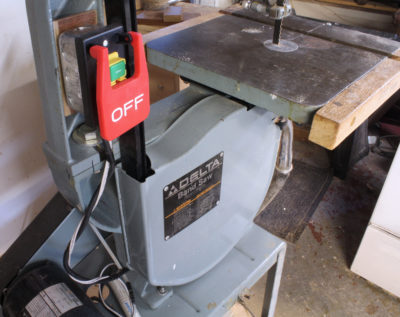
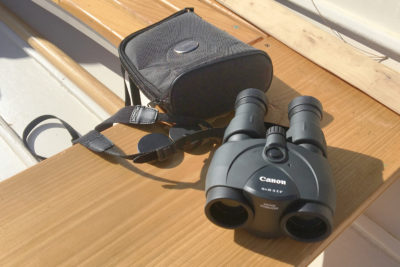

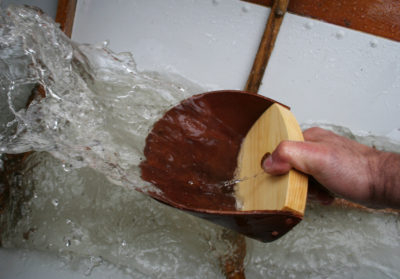
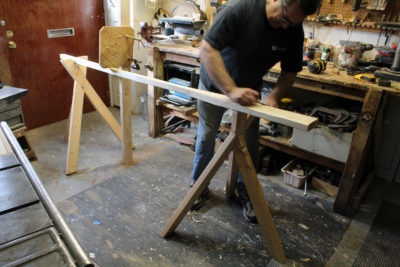
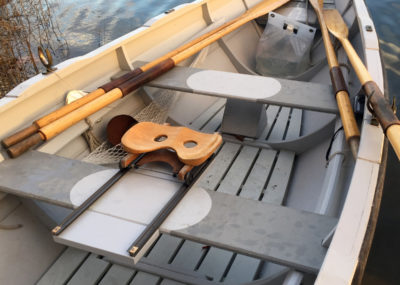
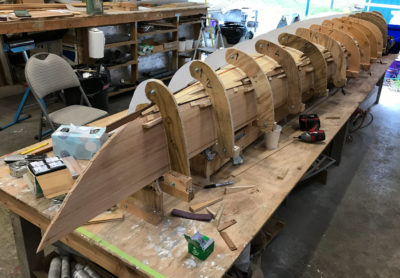
Chris, a floating tripping line may well keep clear of underwater obstructions but can cause havoc to other boats especially using outboards at night close to your anchored position. I agree that the tripping line gives the best results. Colin Walker
That’s a valid concern. I suppose I should add to my criteria for a safe and quiet anchorage is the absence of larger boats using outboard-powered tenders. My favorite anchorages in the San Juan Islands are the ones that I almost always have to myself. When I’ve had to anchor in coves used by other larger boats, I settle in for the night in water too shallow for them and out of any path tenders might use from the anchorage to a beach or dock.
The amount of line floating on the water can be limited. My retrieval line is 50′ long and I wouldn’t need all of it in a cove 15′ deep with an overnight tide change of 10′. Checking the tide tables and the depth of the anchorage and doing a bit of math would provide an estimate of how much line is required. The rest could be coiled and tied to the float.
I like your ideas; I think they are great. I had an anchor caught on underwater power lines and had to cut the line. The anchor was retrieved by a diver and returned to me so I was lucky. I will in the future use your idea of the float and rope technique.
We have an anchor crown float with poly floating line also (for a Rocna). We’ve never had cause to resort to it to free the anchor. I marked the buoy “Anchor Down Below” to differentiate it from the lobster pot buoys so others won’t anchor atop it.
Good thoughts. I agree with your conclusion. Can’t imagine a good sleep knowing there is just a breakable zip tie between me and the rocks. Anchoring in shallower water, there’s always the tried-and-true “swim for the anchor.”
I went back, by land, to the slough where I’d lost my stainless-steel anchor, but the float I’d left on the top of the chain was gone. I thought better of swimming for it. The visibility was poor and I feared that the snags that had my anchor would snag me. If the water’s clear and it’s safe to dive, swimming would be an option.
Quite often local scuba-diving clubs retrieve anchors for free because it’s a good practice technique for them.
Interesting & fascinating. Good stuff!
I use a Rocna 6-kg anchor for my 20′ Chase/Vivier Jewell. One interesting feature of this anchor is an extra hole in the main fluke section of the anchor at the very heel. It is specifically designed for a buoyed retrieval line. This makes me wonder if a Mantus fouled and trapped would be even easier to retrieve if the buoyed line was led backward beneath the roll bar, changing the angle of pull when trying to retrieve it.
Even though I am prepared to rig a buoyed retrieval line, I usually don’t . If the bottom is charted as foul or rocky, it would seem to make sense. Do other folks always rig a retrieval line? How do others choose when to use this tactic?
At a point in my life, we were a family of commercial fishermen, and losing an anchor was an expensive issue, so what we did was to shackle the chain to the head of the anchor, and tie the tail of the anchor with fishing line, this allowed the chain to lay as it was supposed to and if the anchor got hung, then the line would trip/ break out and the anchor would release and come up upside down. Also another thing that we would do was to run the anchor line thru a small inner tube and leave it on the anchor davit, when time to pull up the anchor, kick the tube into the water and then back down, the tube follows the line down and will relieve the pressure of pulling the line. This helps greatly when manually retrieving the rode. Hope that this helps someone out there. Happy Sailing
Boating on the Great Lakes has some advantages. Lack of tides is one of them. Our cottage property is surrounded by a National Park so we have two or three dozen big boats anchored near us on a good weekend. They all seem to use a buoyed trip line on their anchors, as much to prevent crossing anchor lines as to aid in retrieving the anchors.
I have used a line and a buoy in the past, but it ended many times at the propeller when leaving the anchorage